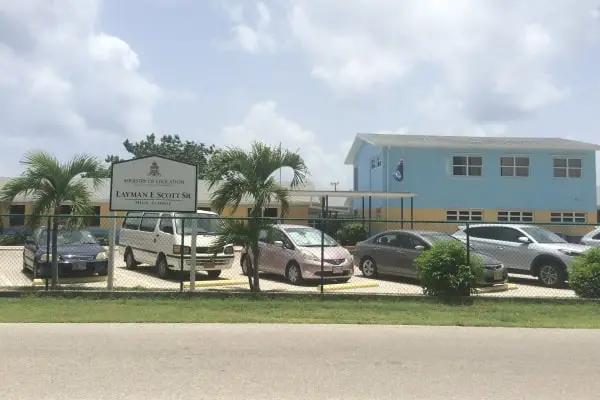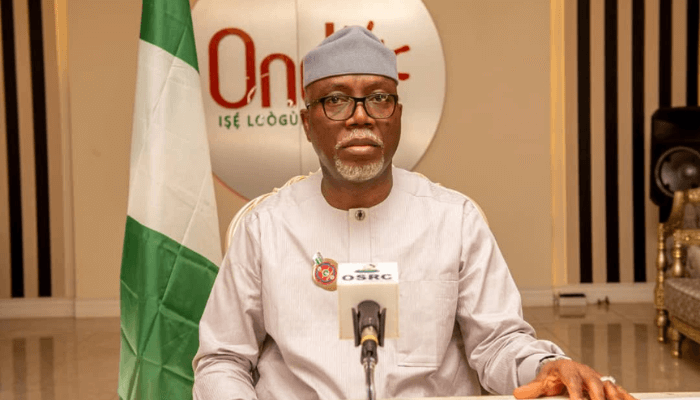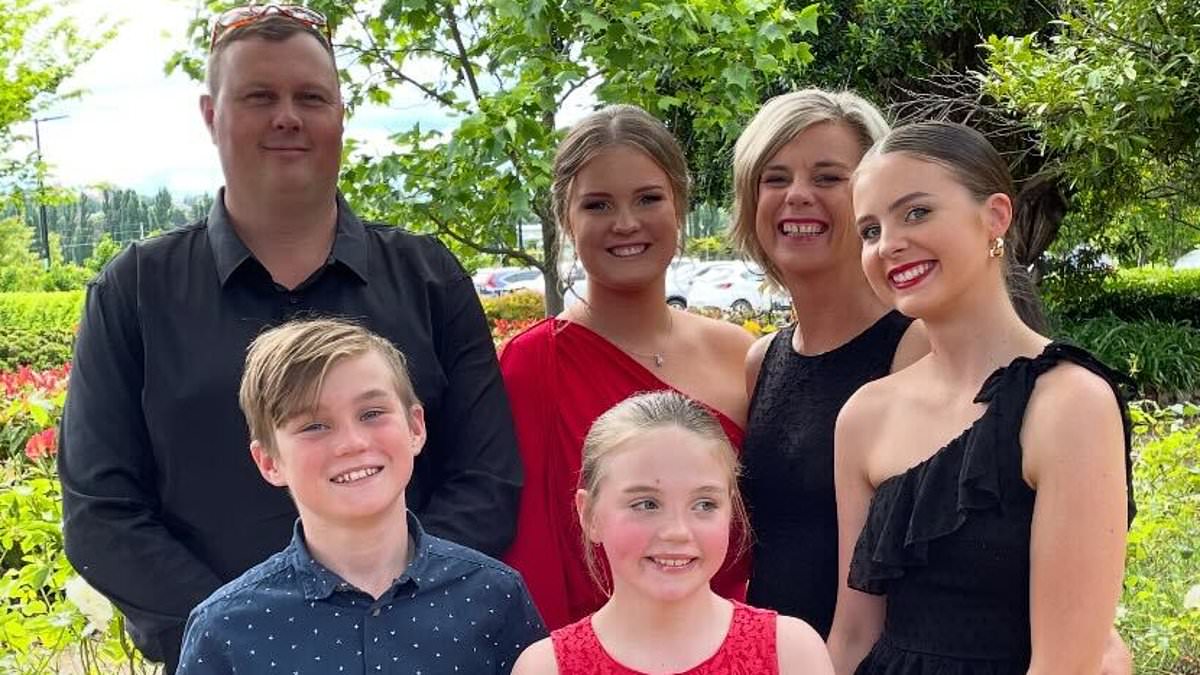Central Pa. public broadcasting station to be first in US to go dark following Trump’s cuts

By Rob Tornoe, The Philadelphia Inquirer (TNS)
A public media organization in a university town just a few hours northwest of Philadelphia is set to be the first in the country to go dark after the Trump administration stripped away federal funding for NPR and PBS.
WPSU, Penn State’s NPR and PBS affiliate and the first educational TV station in Pennsylvania, will go dark sometime within the next nine months due to the combined fiscal forces of Trump’s cuts and declining support from the school.
“Never would have imagined it,” said Jeff Hughes, WPSU’s former program director who retired in August following a 35-year career with the station. “The news devastated me; it devastated all the employees.”
WPSU has been broadcasting for more than 70 years and currently serves State College and 24 rural counties in central and northern Pennsylvania. In addition to its programming and educational outreach programs, the station provides emergency broadcasting capabilities across a wide swath of the commonwealth.
At issue is WPSU’s role as a university station, making it dependent on Penn State to keep the lights on. The university provides nearly half WPSU’s annual $7 million budget, with federal support accounting for another 20%. With Republicans eliminating federal funding for public broadcasting and the university already cutting costs to focus on its core academic mission, filling the budget hole wasn’t something Penn State was willing to take on, according to a statement from the school’s administration.
Instead, the school plans to wind down WPSU’s operations and lay off employees by the end of June 2026, though the station could go dark sooner as staffers leave to find employment elsewhere.
David Kleppinger, the chair of Penn State’s board of trustees, called the closing “an incredibly difficult decision,” but a necessary one given the perfect storm facing both higher education and public media during the Trump administration.
“This is not going to be an organized shutdown,” Hughes said. “Decades of content, documentary series, things that have real value to society could end up in a dumpster, for all I know.”
How a deal with WHYY fell through
Last spring, well before Trump took office, WHYY president and CEO Bill Marrazzo approached Penn State with a plan to help strengthen WPSU after the school announced it would cut funding to the station by 20%.
Marrazzo said he saw both a business opportunity for WHYY and an opportunity to prevent a sister public media outlet in Pennsylvania from closing.
“We could see from our vantage point, in the face of the university’s headwinds and general public media headwinds, there was some growing possibility WPSU was going to go dark absent some intervention,” Marrazzo said. “So that’s what triggered us to get these conversations going.”
A plan was developed that would transfer WPSU to WHYY’s ownership and give WHYY five years to develop the fundraising apparatus needed to retain as many employees as they could, which at the time totaled 82 staffers but is now down to about 44 following June layoffs.
As part of the deal, which was studied and negotiated with school officials, Penn State would have provided a $17.6 million subsidy over those five years to give WHYY the runway it needed to build WPSU into a self-sustaining public media company.
“Initially, I was a little skeptical,” Hughes said. “But over that period of time, I really came to believe WHYY was doing what they felt was best for public media in Pennsylvania, and that it was the best, most likely to succeed plan for WPSU.”
That plan was unanimously voted down by Penn State’s Board of Trustees Finance and Investment Committee last week over concerns about the amount of the subsidy and the lack of employment guarantees for current WPSU employees.
“I don’t like to pay somebody a subsidy to run a business, and at the end of the day, there’s no guarantee they’ll stay in business,” trustee Robert Fenza told the committee during the board meeting.
Penn State didn’t make any board members available to explain their decision-making. In a statement, Kleppinger said the board decided the school “should not take on such a significant financial commitment, especially given other pressures facing higher education.”
Hughes said he doesn’t blame Penn State for wanting to stop supporting a public media institution using tuition money, especially considering the uncertainty facing higher education. But he still can’t wrap his head around the administration’s snap decision to shutter WPSU rather than attempt to figure out alternatives.
“That’s what’s confusing right now,” Hughes said. “Why would they do that?”
WPSU won’t be the last station to shutter
Small NPR and PBS stations across the country are facing the same bleak prospects as WPSU due to Republican cuts to public media.
About 115 rural stations rely on federal funding for more than 30% of their annual budget, from tribal stations in South Dakota to a rural outlet in the center of Kansas. Philanthropic leaders are attempting to raise $100 million for a Public Media Bridge Fund to help support struggling stations, with details on how to apply expected later this month.
Unfortunately, that’s a drop in the bucket compared to the $1.1 billion the Corporation for Public Broadcasting was slated to receive from the federal government over the next two years.
WDIY in Bethlehem, Pennsylvania, is facing $111,000 in federal funding cuts, roughly 15% of the small station’s budget, with funds expected to run dry by the beginning of next year. WQED, the PBS station in Pittsburgh, best known as the home of Fred Rogers, was forced to let go of 35% of its staff as it prepares to absorb more costs stemming from the federal cuts.
“To ensure WQED endures not just for 20 years — but 50, and another 70 — we must find new ways to become more relevant to more people,” Jason Jedlinski, the station’s president and CEO, said in a statement. “The organization may become smaller, in terms of revenue and employees, but our impact and service must expand.”
WQED is one of seven public television stations operating in Pennsylvania. That will decrease to six following WPSU’s closure, along with about a dozen radio stations, a number Hughes predicts will continue to drop.
“It just seems the only way forward is some sort of consolidation.” Hughes said, with large stations like WHYY helping to support smaller, rural stations.
“We still want to maintain local presence, but the likelihood of all those stations remaining in Pennsylvania is not very likely.”
©2025 The Philadelphia Inquirer, LLC. Visit at inquirer.com. Distributed by Tribune Content Agency, LLC.



